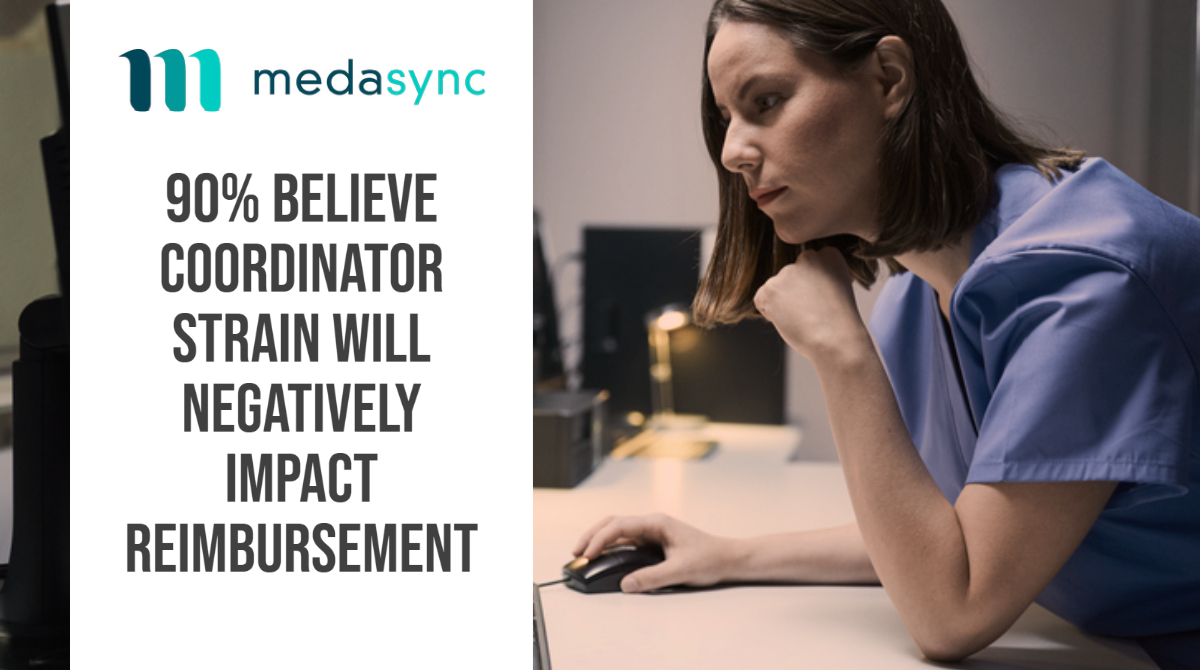October Ushers in a New MDS Era and Impacts State Medicaid
This October SNF/LTC communities implement an updated MDS Item Set, ushering in a new MDS era for
reimbursement. The change marks the largest, most significant update to MDS 3.0 since its inception in 2010. 29 new and modified MDS items. Updates to 13 care area triggers and 17 care area assessment worksheets. Section G will be replaced with the new section GG. PHQ 2-9. SPADEs. SDOH. Gender neutral language. And, the list goes on.
This also marks a sea change for many state Medicaid programs. Eighteen states will or have transitioned to PDPM. Fifteen states will maintain their current RUG-based structure with the assistance of the OSA. And, more than four states still seem to be in limbo.
The Impact of Changing Complexity
This is a big uptick in complexity for newly minted case-mix states like: Massachusetts (implementing PDPM, Oct. 1), Connecticut (recently implemented RUG IV) and Missouri (likely switching from RUG IV to PDPM’s nursing component). For these operators, acuity variations will now drive their LTC mix. On the positive side, this allows for more accurate identification of the burden of care. However, it also puts more emphasis on the MDS team’s ability to swiftly capture a complete picture throughout the case load and in between assessment windows.
For traditional case-mix states, like Ohio, Virginia, Kansas, Iowa or Kentucky a move from a RUGs IV or III grouper to PDPM’s nursing component means less reliance on rehab to drive CMI and more emphasis on acuity capture. Anytime there is an opportunity for the nursing component of PDPM to change, coordinators should evaluate the benefit of scheduling an early Quarterly MDS or Significant Change when applicable.
In both scenarios, this puts more emphasis on the team’s ability to swiftly capture the burden of care throughout the stay. Education, training and processes should be applied to monitor and regularly discuss patient changes – making the need for flexible, proactive solutions more important now than ever before
A New Reimbursement Era Demands a New Type of Solution
MedaSync software is the industry’s first AI-driven reimbursement software, offering Skilled Nursing Facilities the simple, proactive solutions they need to improve MDS management, with minimum staff. The software plugs into your EHR to monitor live patient data such as orders, ADLs, resident function, therapy delivery, progress notes, assessments and much more. This automated, daily monitoring provides reimbursement teams with curated patient summaries and interventional alerts that proactively pinpoint patient documentation and changes important to reimbursement for all your payers – Medicaid, Managed Care and PDPM.
MedaSync – Your MDS Safety Net
Always working for you in the background, MedaSync’s Artificial Intelligence goes beyond “keywords” or post-MDS scrubbing logic to give your MDS teams precious time back while optimizing your community’s reimbursement potential.
- No more digging or manually reading patient charts
- Improve Medicaid CMI
- Easily identify appropriate managed care levels and exclusions
- Capture more PDPM IPAs
Gone are the days of using legacy software solutions to solve new era problems.
Put the power of AI to work for your MDS teams and request a demo today!




